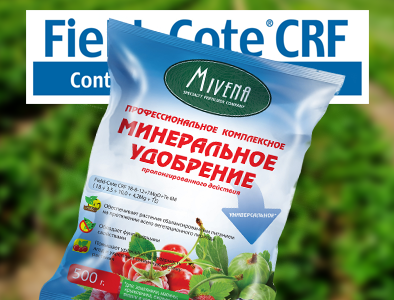Identified varieties of blueberry
According to the authors of John Yeo (John Yeo), Jerry Weyland (Weiland Jerry), Dan Sullivan (Dan Sullivan) and David Briley (David Bryla), whose study appeared in the January 2016 issue of HortScience, Phytophthora cinnamomi is a widespread pathogen in blueberry production. Symptoms of infection can include poor growth of shoots, necrosis of roots and dieback, yellowing or reddening of leaves, and in the most severe cases, dieback of shoots and branches, and death of plants.
 (Healthy plant blueberries Draper (left) compared to a sick plant.
Photo: Jerry Weiland/American Society for Horticultural Science
)
(Healthy plant blueberries Draper (left) compared to a sick plant.
Photo: Jerry Weiland/American Society for Horticultural Science
)
Lose Phytophthora cinnamomi is more common in plants that are watered by drip irrigation and not overhead irrigation, and is most common on heavy soils and poorly drained sites.
The authors conducted two experiments: one with 10 commercially recognized varieties of blueberry, and the other with seven newly bred varieties, three commercially recognized cultivars and three of the new varieties. They identified four commercially recognized cultivars ('Aurora', 'Legacy', 'Liberty' and 'Reka') and two new varieties ('Overtime' and 'Clockwork') as the most resistant to Phytophthora cinnamomi. "When these genotypes were infected with Phytophthora cinnamomi, the average relative biomass of shoots was equal to or greater than 60% of the value of the same parameter from uninfected plants, whereas the relative biomass of root was equal to or greater than 40%," said the authors. "Despite the varietal differences in growth, biomass of root and shoots of healthy, not infected varieties not correlate positively with disease resistance. This suggests that more active cultivars (i.e. those with more biomass) are not necessarily those that were more resistant to disease."
The results showed that the relative biomass of shoots in susceptible genotypes, on the other hand, ranged from 19 percent to 53 percent, while the relative root biomass ranged from 11 to 26 percent. Among susceptible genotypes, 'Bluetta', 'Bluecrop', 'Bluegold', 'Blue Ribbon', 'Cargo', 'Draper', 'Duke', 'Elliott', 'Last Call', 'Top Shelf' and 'Ventura'. According to the authors, farmers should avoid planting of these varieties in areas where soil conditions are conducive to root rot (e.g. heavy soil and/or poor drainage).
The authors concluded that genetic resistance is a "promising tool" to minimize economic losses caused by Phytophthora root rot.
Anna Ustymenko
A Member Of The Club Sirius Agro Plant










